Trump’s Putin play horrifies Europe and Ukraine
Donald Trump and his team have taken complete ownership of peace negotiations with Vladimir Putin. But the manner in which they have kickstarted this process has left Ukraine and the rest of Europe horrified.
British Prime Minister Keir Starmer called it a “once-in-a-generation moment” but even that seems to underplay the gravity of the events sweeping across Europe and reshaping the future of Ukraine, Russia and the trans-Atlantic alliance.
The world is watching transfixed as Donald Trump strides like a colossus over every conventional playbook in international diplomacy, crowning himself like Napoleon as a self-styled peacemaker in the Ukraine war.
It matters not to Trump that Ukraine and its European allies fear that he has made a historic misjudgment in his initial appeasement of Russia’s Vladimir Putin and his sidelining of Ukraine’s Volodymyr Zelensky even before negotiations begin.
It matters not to Trump that he appears to have chosen sides already, ridiculing Zelensky as “dictator without elections” whom he wrongly claims started the war and then failed to finish it while wasting billions of dollars in US military aid.
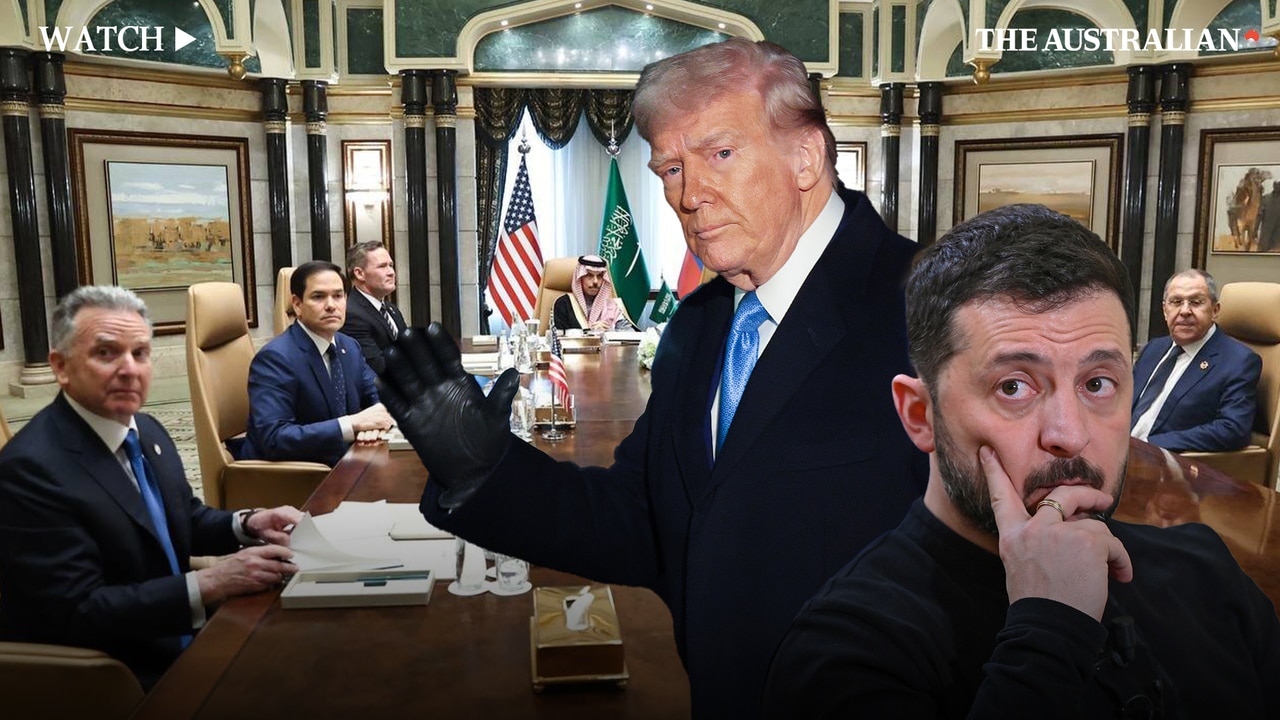
Trump and his team are operating under the fervent belief that the US alone –
not Ukraine or Europe – can persuade Russia to agree to end the war it started by invading Ukraine three years ago next week. But on what terms and in whose favour?
Does Putin pay any price for his illegal invasion of Ukraine, the destruction of its cities, the massacre of its civilians, the war crimes and the deaths of more than 200,000 soldiers on both sides? Or does he walk away with a ceasefire deal that delivers him most of what he wanted – at least 20 per cent of a Ukraine that is banned from future NATO membership and a rickety peace deal that he can ignore years from now if he chooses to invade again?
Floating over all of this is a larger issue of the future of the post-war compact between the US and Europe. In the space of one week Trump has signalled that America’s relationship with Europe, the fabled trans-Atlantic alliance, will never be the same.
Trump has trumpeted the fact he believes Europe’s security lies from now on with Europe rather than Washington. This should not have come as a shock to European nations given that Trump campaigned on this in 2024 and during his first term as president he forced NATO members to lift their low levels of defence spending and stop relying on the US to bankroll NATO and European security.
But what shocked Europe this week was the extent of this “America first” approach, with US Vice-President JD Vance launching a brazen cultural assault on the values of European democracy at the Munich Security Conference and Defence Secretary Pete Hegseth saying American troops would never be stationed in Ukraine as part of any ceasefire deal. Hegseth also strongly hinted that the number of US troops in Europe, currently about 100,000, would be sharply reduced in the years ahead.
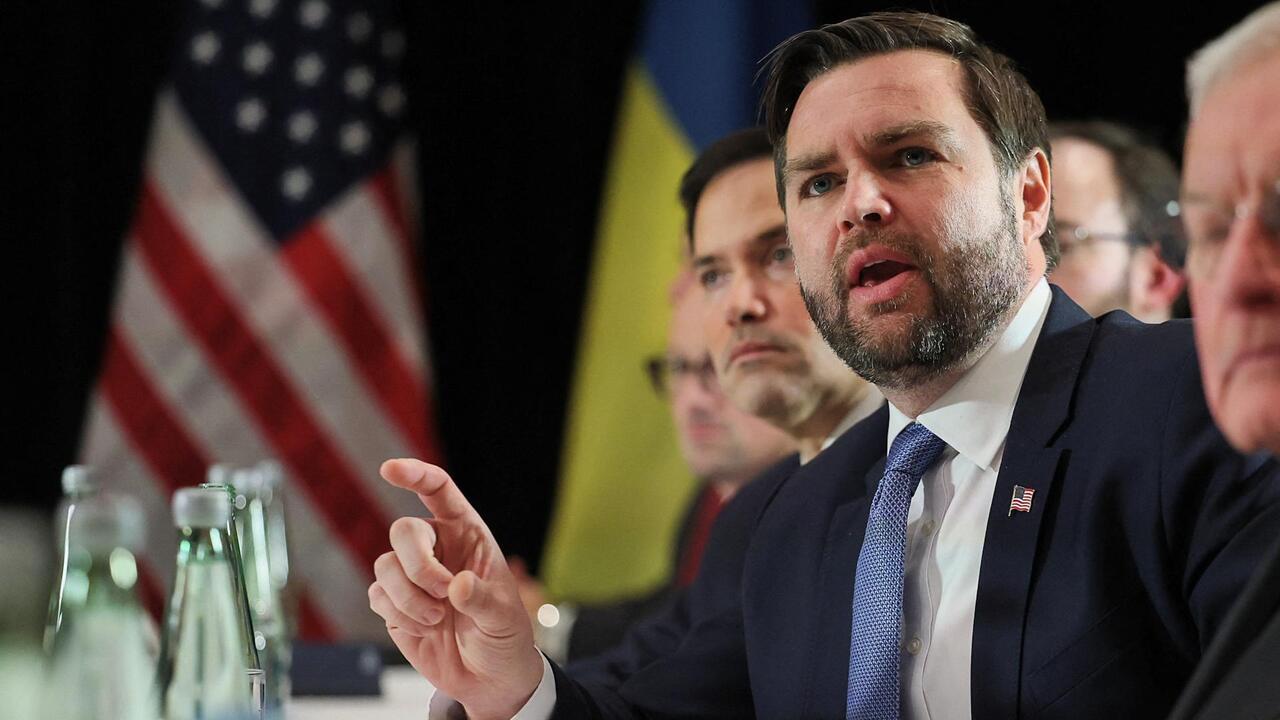
As Starmer said, Trump’s call for Europe to step up on Ukraine was “a once-in-a-generation moment for (Europe’s) collective security”. At stake is not just Ukraine, but “it is existential for Europe as a whole” and vital for Britain’s national future.
Trump says Europe must assume responsibility for a post-war Ukraine, but he insists that Europe must play no part in negotiations to end the conflict and he argues that, for now, neither should Ukraine.
Trump and his team have taken complete ownership of peace negotiations with Putin, believing this is the best way to secure an outcome.
But the manner in which they have kickstarted this process has left Ukraine and the rest of Europe horrified.
Hegseth, in his first major comments as US Defence Secretary, stunned by giving sweeping concessions to Russia publicly without asking for anything in return. He said Ukraine could not expect to reclaim the borders it had before the 2022 war and membership of NATO could not be part of any peace deal. He said US troops would not be stationed in Ukraine under any such deal.
The shock surrounding Hegseth’s comments was not so much over their content but that he made them publicly, effectively giving away these concessions to Russia rather than using them as bargaining chips in closed-door negotiations.
No serious military observers expect Ukraine to be able to reclaim territory taken by Russia during the war and immediate NATO membership for Ukraine in any deal would never be a starter for Putin given this was the excuse he gave for invading Ukraine in the first place.
But for the US to lay its cards out so clearly to Putin without consulting Ukraine and with nothing in return from Moscow was widely considered to be a tactical mistake.
To complicate matters, the Trump administration has given different signals on different days about what the US policy really is. Amid an outcry in Europe over Hegseth’s comments, the Defence Secretary backtracked and left open the possibility of Ukraine one day joining NATO.
Then Trump’s peace envoy on Ukraine, General Keith Kellogg backtracked further by leaving open whether US troops would join any peacekeeping mission in Ukraine, saying belatedly: “The policy has always been that you take no options off the table. You don’t want to get into a negotiating position where options are taken up.”
Trump also has tried to monster Zelensky by insisting he wants payback for the money the US has invested in Ukraine’s defence.
Trump has demanded Zelensky grant the US a 50 per cent stake in the country’s oil, minerals and gas, – an astonishing claim that Zelensky rejected outright, not least because it came with no security guarantees.
The growing fears that Trump was clearly favouring Putin in negotiations were reinforced early in the week by the US meeting Russian officials in Saudi Arabia without inviting Zelensky to the table.
Trump boasts that only he is able to negotiate with Putin, pointing out that Joe Biden never did and claiming he is the only one who can secure a deal to end the war. This may be true and Trump’s actions, however controversial, have resulted in Russia coming to the table to discuss the end of the war, something that was never going to happen under Biden.
Peter Dean of the United States Studies Centre at the University of Sydney says it is important to look beyond the extraordinary theatre of this week and examine what the US is actually trying to achieve.
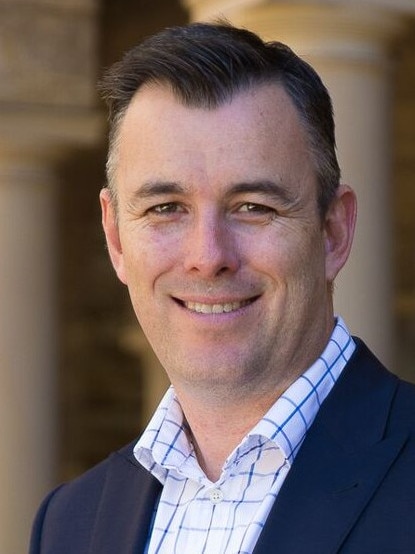
“Sure, Trump has behaved like a narcissist, dominating headlines with outrageous and factually incorrect comments, but if you step back from all of that there are some important truths being told here,” Dean says.
“There are some key US aims that are starting to emerge and they are really simple. They want an end to the war. They realise it has to be a ‘compromise peace’. They want the Europeans to pay for their own security and all this means, if the war ends, the US stops paying the bills.”
Dean says Trump’s decision to negotiate with Putin himself, without Zelensky or European leaders, is because Trump believes this is the best way to get a workable deal.
“Trump likes major power politics, he wants to do the deal and be at the centre of everything as the big player, the big dog,” Dean says.
“So he is going directly to Putin because that is what big powers do, they negotiate with each other. Trump has no respect for most of the Europeans and they have no respect for him. He thinks if the Europeans get involved they will squabble and talk and drag things on forever.”
What Trump is doing in his dealings with Russia is seeking a solution to the war that explores the art of the possible in a conflict that has been bogged down on a largely static frontline for years. Trump wants to wipe away what he considers to be the impractical demands of Ukrainian and the former Biden administration that he believes has prolonged the conflict.
These include Zelensky’s refusal to admit that Ukraine will need to cede some of the land taken by Russia during the three-year conflict and his insistence that Ukraine be allowed to join NATO.
“The Biden administration managed the Ukraine war by not letting Ukraine lose but by also not giving them any way to win,” Dean says. “And Trump has come in and said: ‘Well, I just want the war to be over.’ Neither side can win militarily and so both sides will have to compromise. The key question will be whether they can find a pathway where both Zelensky and Putin are happy with those compromises.”
Trump appears to believe the best way to win a deal from Putin is to completely change the game by casting Zelensky as the problem and by saying Ukraine brought the war on itself.
In Trump’s telling, Putin’s invasion of Ukraine in February 2022 was Ukraine’s fault. So any deal Putin ultimately signs will not come with the large asterisk that he was the aggressor and the man responsible for the biggest conflict in Europe since World War II.
Not surprisingly, Putin has welcomed America’s about-face.
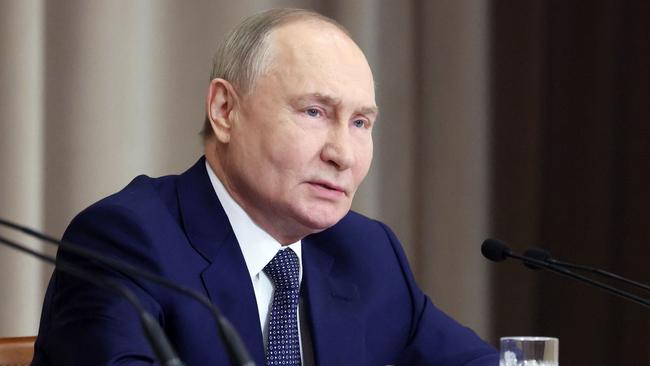
“On the American side, there were completely different people who were open to the negotiation process without any bias, without any condemnation of what was done in the past,” Putin said this week.
But Trump’s tactic, if indeed it is a tactic, of flattering Putin to improve the chances of securing a deal has already come at a huge cost without extracting any concessions from Moscow. The US President has prompted fury in the West by not only excluding Zelensky from peace negotiations but also by launching a scathing personal attack on the leader once feted by the world, including by the American congress, for his courage in standing up to Putin’s invasion.
Trump’s derision of Zelensky as “a modestly successful comedian” who tricked the US into paying hundreds of billions of dollars for its defence in a war that is “far more important to Europe than it is to us” was such a stunning abandonment of Zelensky that it will be difficult to restore the relationship between the leaders.
It has greatly damaged Trump’s standing globally. Indeed, Trump’s sudden call for Zelensky to hold an election – a parroting of Russia’s position and a completely impractical demand when the country is at war – suggests that he wants Zelensky to play no part in any peace process.
Trump went on to call Zelensky a “dictator without elections” – an ironic comment given that Trump would never say the same of Putin who is a genuine dictator without elections.
The US President continued with the threat that “Zelensky better move fast or he is not going to have a country left. In the meantime, we are successfully negotiating an end to the War with Russia.”
Russia expert and former senior Defence official Paul Dibb says no negotiating tactic can justify the abandonment of Zelensky and Ukraine in peace negotiations.
“What Trump did this week is potentially hugely dangerous,” Dibb says. “Trump is aiming to undermine the Western alliance system. By discussing the future of Ukraine with Russia without Zelensky being there risks giving Putin what he wants. And we should note that Putin has not yet granted a single concession that we know of.”
Dibb says if Putin secures a pro-Russian peace deal on Ukraine, he may not stop there. “If Putin feels he has won this one, is the next cab off the rank going to be the Baltic countries?” Trump’s exclusion of Zelensky from the peace process and his personal fallout with him has put the Ukrainian leader in an almost impossible position. Zelensky drew Trump’s fury by complaining that he had been locked out of the peace talks, saying: “Ukraine will never accept deals made behind our backs.” Zelensky further antagonised the US President by claiming Trump was living “in a web of disinformation” because he was repeating so many of Putin’s talking points. None of this remotely justified Trump’s tirade against Zelensky.
Yet Zelensky needs to maintain a working relationship with the Trump administration to retain some leverage in peace talks that will eventually have to include him. He needs the Americans on-side to push the toughest bargain possible with Putin rather than have conditions dictated by a pro-Putin President in tandem with Putin himself.
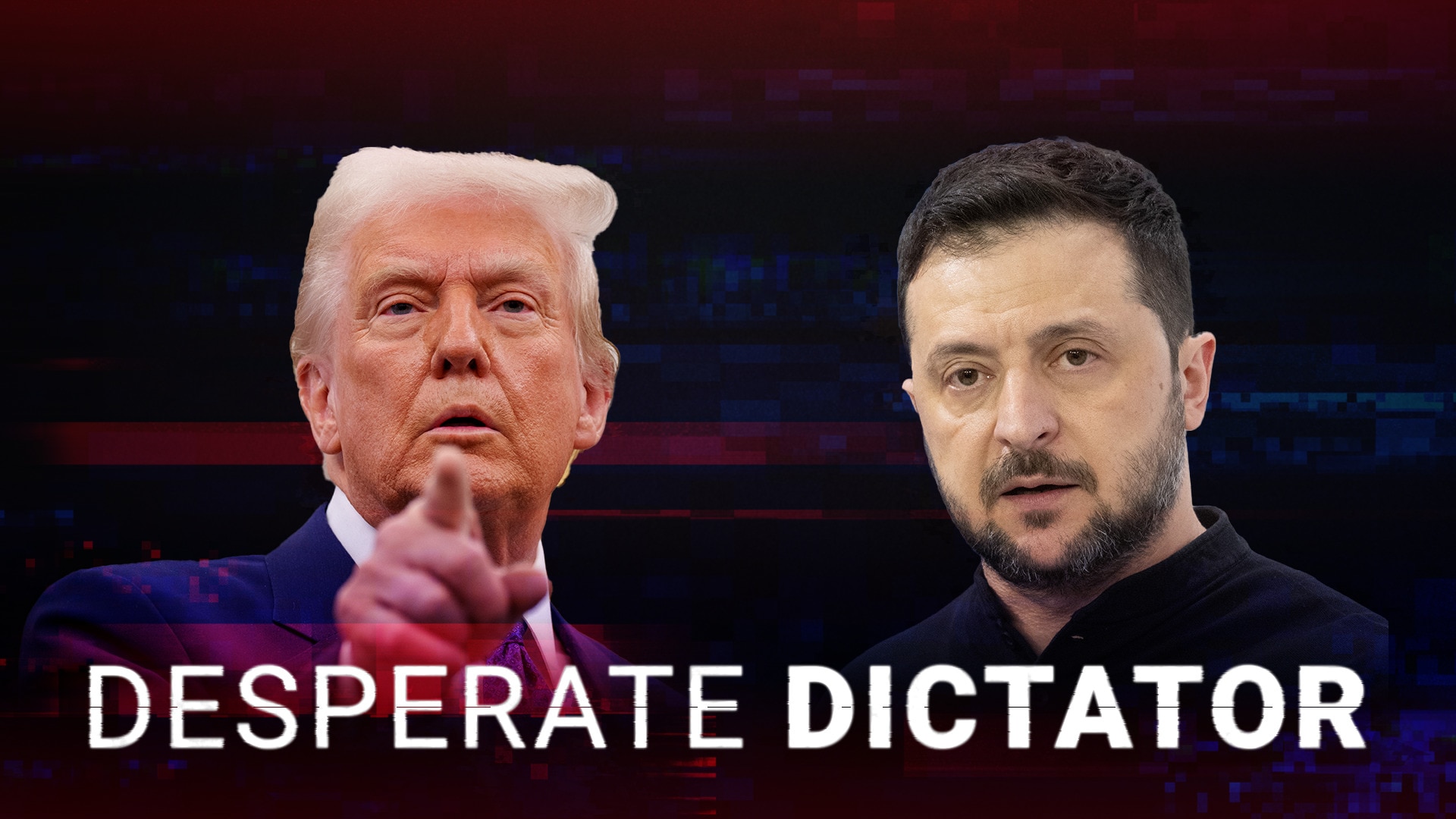
And if peace talks break down – which is a very real possibility – Zelensky still needs ongoing US military aid to continue to fight the war. Trump campaigned on ending aid to Ukraine and the Republican-controlled congress is unlikely to recommend the same sort of generous military aid packages to Ukraine that it enjoyed under Biden.
This reality will only pressure Zelensky towards a peace deal but will weaken his authority to demand major concessions from Putin in any such deal.
Trump’s demand that Europe, rather than the US, provide the security guarantees for a post-war Ukraine was a jolt to European leaders, who quickly convened a summit in Paris to discuss it. Yet this summit served only to highlight the divisions between them.
Britain’s Starmer was the only leader who seemed to understand the importance of the moment, pledging that Britain would provide troops to any European-led peacekeeping force in Ukraine.
But yet again Europe was divided on the issue, with only Britain, France and Sweden signalling a willingness to contribute troops to a peacekeeping force while Germany, Poland and Spain said they would not.
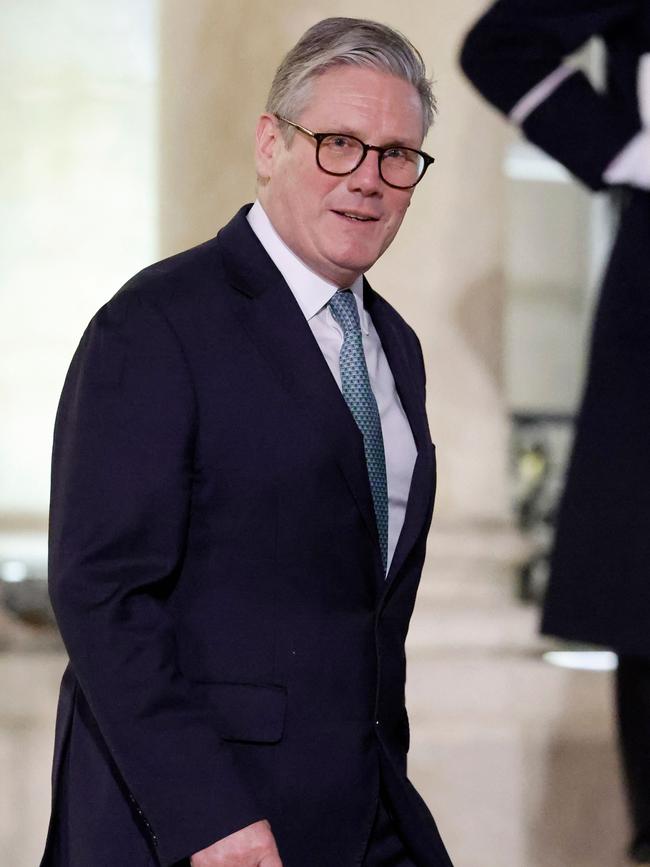
It was later reported that France and Britain had been drawing up plans for a “reassurance” force that could be deployed to Ukraine in the event of a ceasefire deal. The plan envisions a European force of under 30,000 troops that would not be stationed at any future frontline but could help deter Russia from attempts to reignite a full-blown conflict.
But the indecision of Europe plays into Trump’s hands when he says rightly that the continent has not done enough to guarantee its own security and that of Ukraine.
Despite having pledged to lift defence spending, many NATO members have done so only slowly. Just 23 of NATO’s 32 members spend at least 2 per cent of GDP on defence after having vowed to do so back in 2014.
Trump has now called on NATO members to spend 5 per cent of GDP on defence, an unrealistic target but one that reflects Trump’s mindset and his determination to teach Europe a lesson about its own security responsibilities.
“This issue is a huge driver for Trump in what he is doing,” the USSC’s Dean says. “They want to get Europeans to pay for European security and they believe that a significant number of NATO countries and Europeans are freeloading and free-riding on US security guarantees. And now the US is willing to stick them in the eye with this issue, which is a shock to those countries.”
With the US effectively ruling out NATO membership for Ukraine as part of any peace deal, the two most critical issues in any ceasefire will be where the new territorial boundaries are drawn and what security guarantees can be given to Ukraine to prevent a repeat Russian invasion in the future. It is widely tipped that the new carve-up of Ukraine will be roughly along the current, largely frozen, frontlines, which would give Russia about 20 per cent of Ukraine.
The US has correctly assessed that Ukraine cannot militarily win back that lost territory – 14 per cent of which was already in the hands of Russia or Russian-backed separatists before the 2022 invasion. So any peace deal will necessarily cede that territory to Russia – an imperfect outcome for the West – but a realpolitik recognition of the reality on the ground.
Hegseth rightly argues that those who oppose Ukraine giving up any territory as part of any deal are living in a parallel universe and are condemning the war to drag on indefinitely.
Zelensky ultimately is likely to agree to this territorial deal, but only if he can win his country a security guarantee that he believes will deter any future military adventurism from Putin.
If NATO membership is off the table, then the only effective deterrent for Putin would be the physical presence of European soldiers in Ukraine in a European-led (not NATO or UN) peacekeeping force.
Even then, Starmer has said that if US troops are not directly involved “there must be a US backstop because a US security guarantee is the only way to effectively deter Russia from attacking Ukraine again”.
Russia has immediately tried to shoot down this idea, with Russian Foreign Minister Sergey Lavrov telling US Secretary of State Marco Rubio in Saudi Arabia that Moscow would not accept European troops in Ukraine.
Yet Russia will have to give some ground on this key issue because even a politically weakened Zelensky cannot sign a final deal that does not contain a credible security guarantee for Ukraine. This is likely to be the most contentious aspect of any peace talks.
But as the world watches these momentous events unfold, the critical question remains: is this a President who has bravely shaken up the status quo and reversed decades US foreign policy to open doors that were welded shut in the pursuit of a deal to end this war? Or is Trump abandoning Ukraine in its hour of need and rewarding a dictator for invading a neighbour?
If it is the latter, then Trump will undermine the security of all of Europe and confirm a new world order where the US retreats from alliances and global commitments. That would be terrible news for the West, and for Australia.


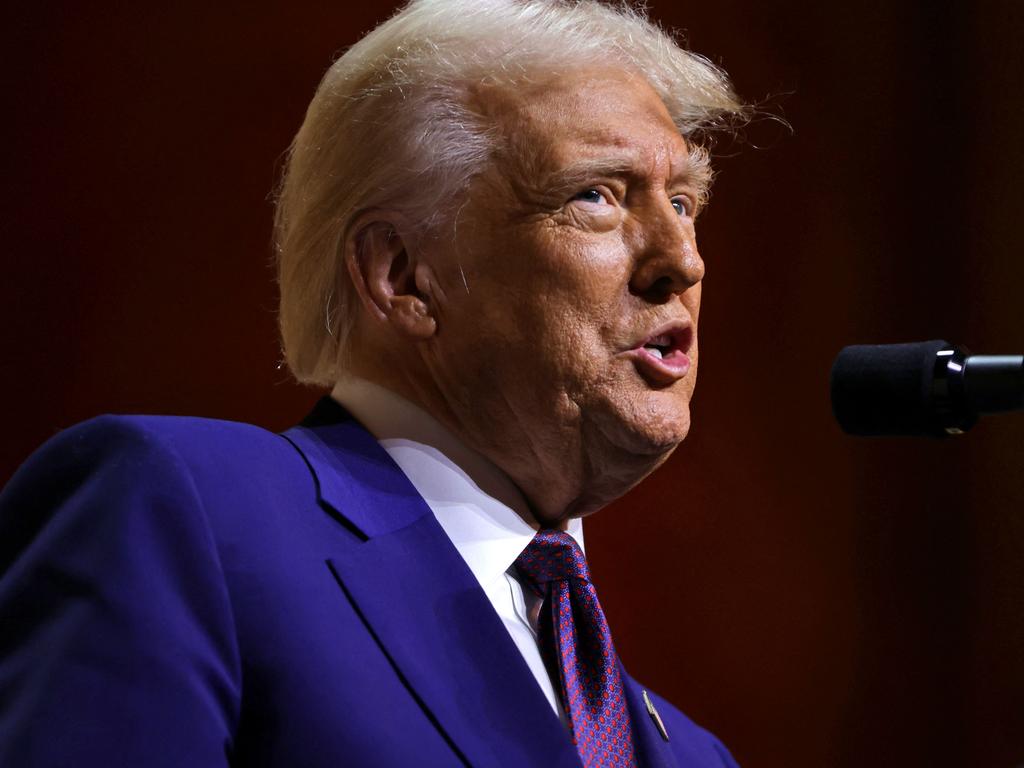
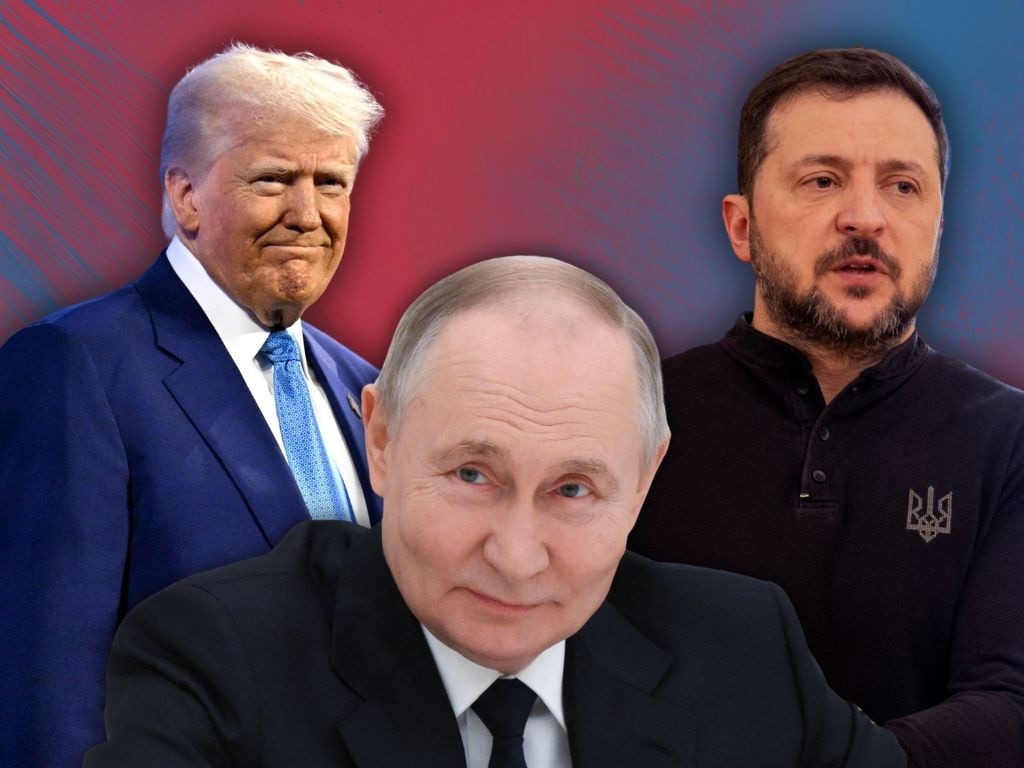


To join the conversation, please log in. Don't have an account? Register
Join the conversation, you are commenting as Logout